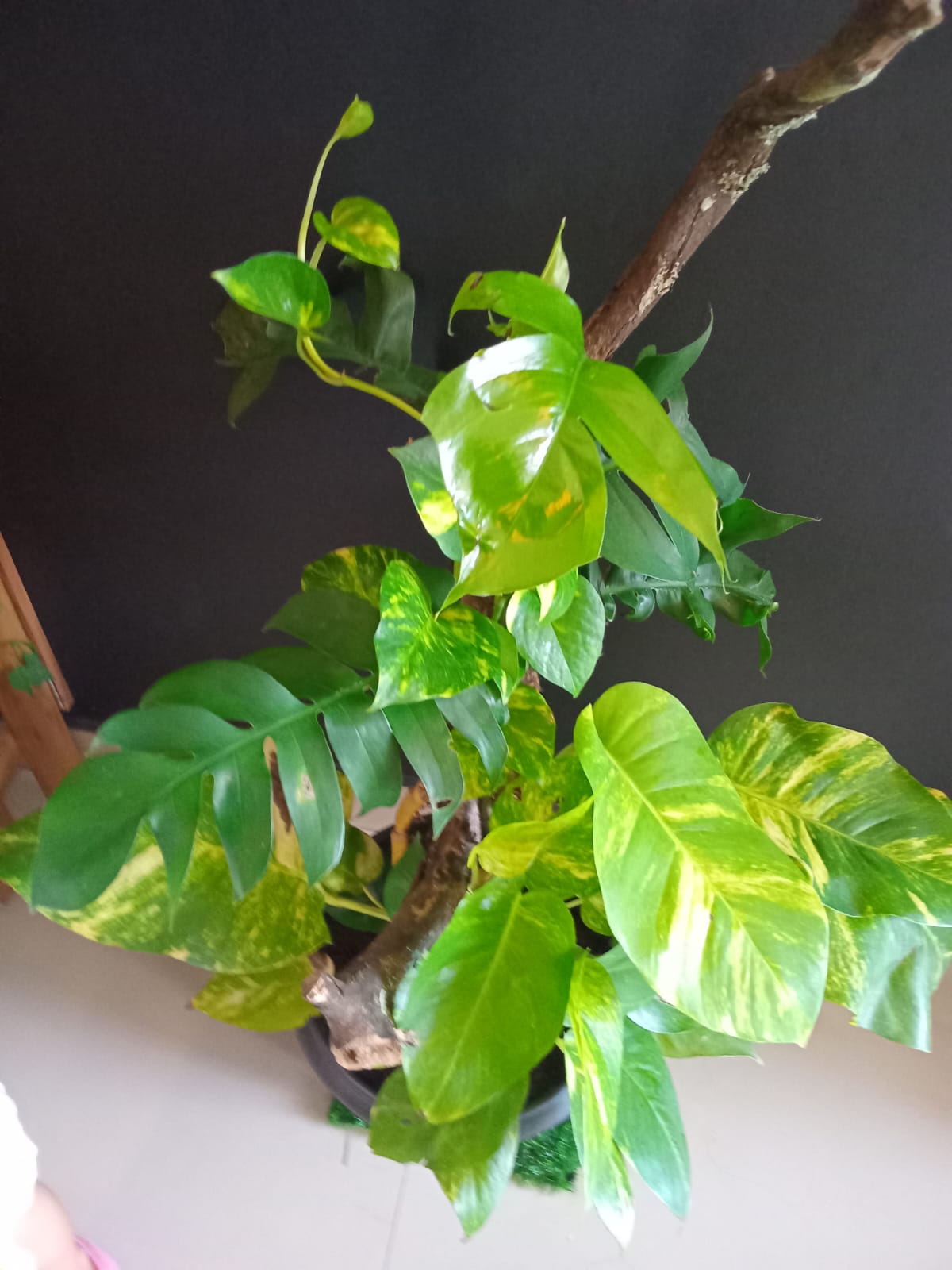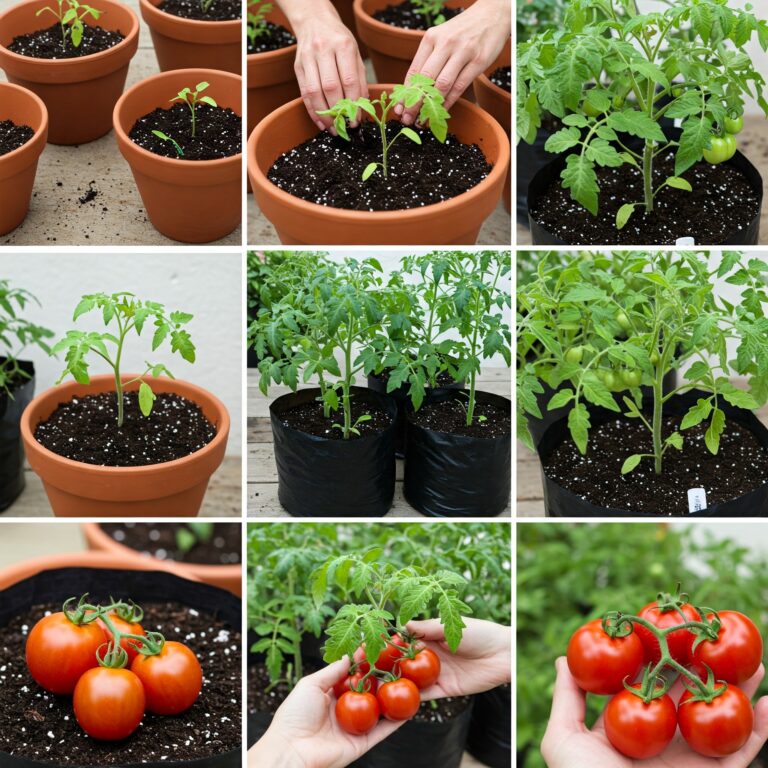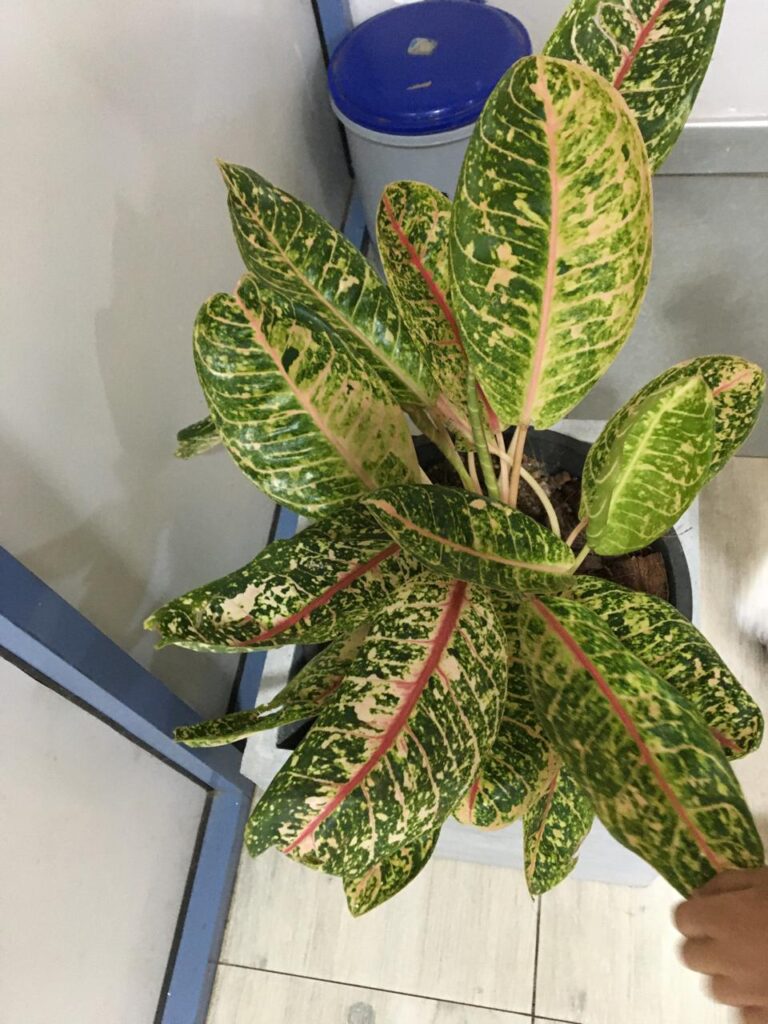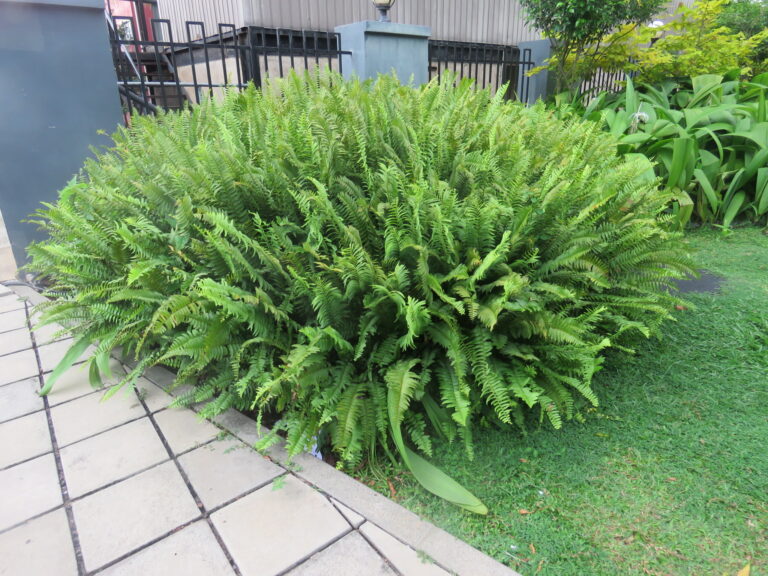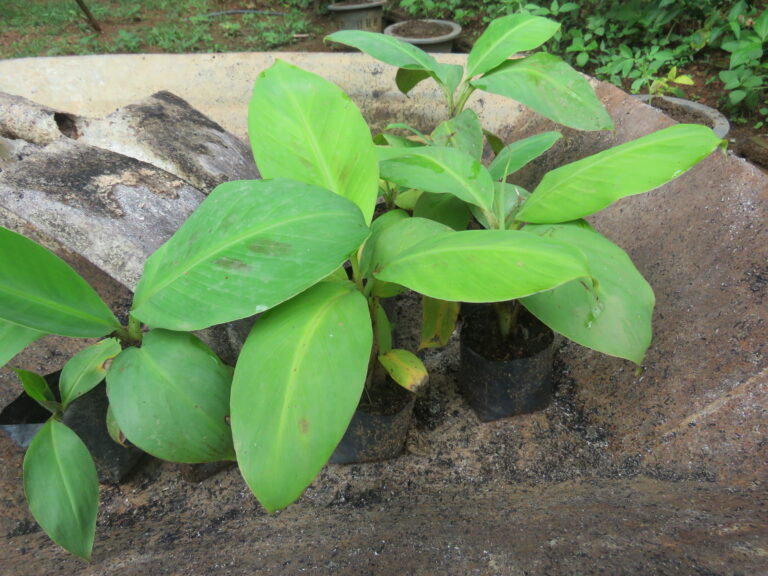
Houseplants are often grown in mixed arrangements, creating lush, cascading displays of greenery. especially when similar-looking species are combined. In this article, of plants, focusing on Golden Pothos, Philodendrons and Mini Monstera.
Golden Pothos (Epipremnum aureum)
One of the easiest plants to identify in mixed arrangements is Golden Pothos. This popular vining plant features heart-shaped leaves with distinct yellow variegation. In the observed arrangement, Pothos is clearly present, cascading down from the right side of the pot. Its trailing vines and vibrant foliage make it a dominant feature in many houseplant groupings.
How to Identify Philodendron hederaceum
Philodendron hederaceum (Heartleaf Philodendron) Similar to Pothos but with softer, thinner leaves Typically solid green, but some varieties have variegation Grows as a trailing or climbing vine
- Leaf Shape: Smooth, heart-shaped leaves with a pointed tip.
- Color & Texture: Typically deep green, but some varieties (e.g., ‘Brasil’ or ‘Micans’) have variegation or a velvety texture.
- Growth Habit: A vining plant that can trail or climb if given support.
- Stem Structure: Thin stems with aerial roots that help it attach to surfaces.
Care Tips for Heartleaf Philodendron
- Light: Although it can withstand low light, it prefers bright, indirect light. Steer clear of direct sunlight as it can burn the leaves.
- Watering: When the top one to two inches of soil feel dry, water. Refrain from overwatering since this might lead to root rot.
- Humidity: Although it adapts well to typical indoor circumstances, it thrives in moderate to high humidity. Humidity levels can be raised with a humidifier or pebble tray.
- Support: It can be trained to climb with a trellis or moss pole, or it can be left trailing. Regular pruning will promote bushier growth and get rid of lanky vines.
- Soil: For optimal aeration, choose a potting mix that drains well and contains peat, perlite, and orchid bark.
How to Identify Mini Monstera (Rhaphidophora tetrasperma)
- Leaf Shape: Small, deeply lobed leaves that resemble Monstera deliciosa but lack large holes.
- Growth Habit: A fast-growing climber that benefits from a moss pole or trellis.
- Stem Structure: Produces aerial roots that help it cling to surfaces.
- Color & Texture: Glossy green leaves with a smooth surface.
Care Tips for Mini Monstera
- Light: Bright, indirect light is ideal. Avoid direct sun, which can scorch the leaves.
- Watering: Keep the soil consistently moist but not soggy. Water when the top 1-2 inches of soil feel dry.
- Humidity: Prefers high humidity (above 50%). A pebble tray or humidifier can help.
- Support: Since it’s a climber, provide a moss pole or stake for best growth.
- Soil: A well-draining aroid mix with peat, perlite, and bark works well.
Houseplant arrangements often feature a combination of species that complement each other in growth habit and aesthetic appeal. One common mix includes trailing and vining plants like Pothos, Philodendron, and Monstera. Houseplant mixes like these create stunning displays,

